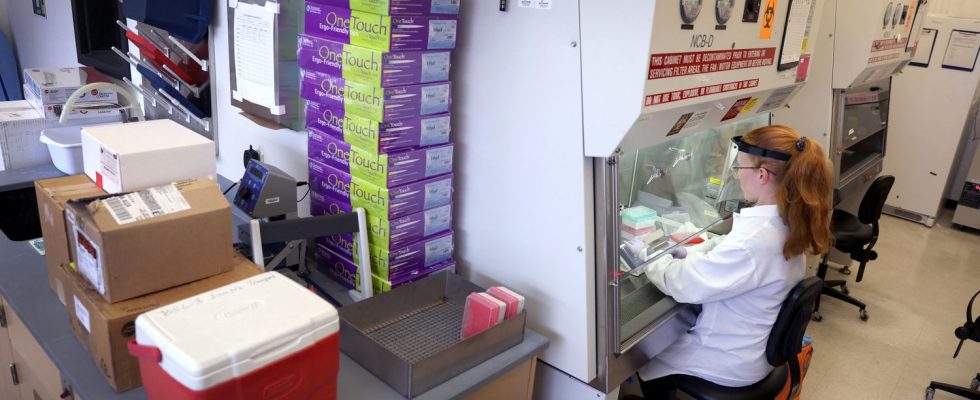The World Health Organization expressed its concern on Thursday after the contamination of two humans who tested positive for avian flu in the United States in early April.

Published
Reading time: 1 min

“A huge concern”. The World Health Organization (WHO) expressed concern on Thursday, April 18, about the increasing spread of the H5N1 strain of avian flu to new species, including humans. At the beginning of April, two cases of people testing positive for avian flu were recorded in the United States, after the infection of flocks in Texas, Kansas and several other states.
“It is tragic to say, but if I get infected with H5N1 and die, it’s over. If I go around the community and pass it on to someone else, then you start the cycle.”explained Jeremy Farrar, chief scientist of the United Nations health agency, during a press briefing in Geneva.
“An extraordinarily high mortality rate”
The fear is that the H5N1 virus, which in people has demonstrated “an extraordinarily high mortality rate”, adapts to become capable of transmission from human to human. There is currently no evidence of human-to-human transmission of H5N1. Between the start of 2023 and March 25, 2024, the WHO said it recorded a total of 888 human cases of avian flu in 23 countries, including 463 deaths.
Beyond monitoring humans infected by animals, “It is even more important to understand how many human infections occur without your knowledge, because that is where adaptation will occur” of the virus, explained Jeremy Farrar. He believes that infection surveillance and detection systems “are never enough” but point “that this is happening in the richest country in the world.” Serological studies have been launched there “to see if transmission between cow farmers and others occurs”.
